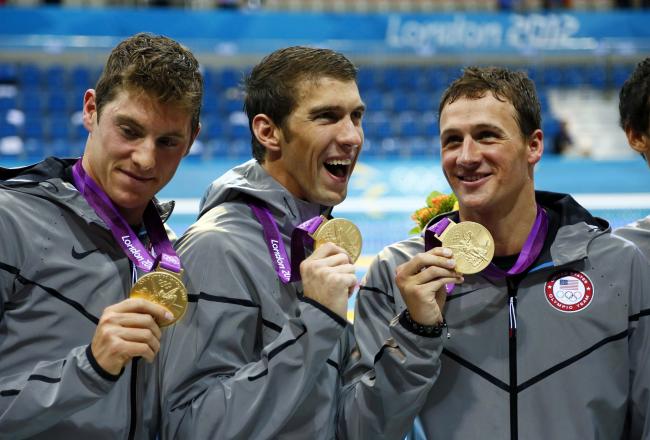Keeping cool when temperatures reach record highs isn’t just about comfort. Dangerously high temperatures can result in heat-related illnesses ranging from heat cramps to heat exhaustion and heat stroke. The following tips can help you keep cool all summer long.
- Alter your pattern of outdoor exercise to take advantage of cooler times (early morning or late evening). If you can’t change the time of your workout, scale it down by doing fewer minutes, walking instead orrunning, or decreasing your level of exertion.
- Wear loose-fitting clothing, preferably of a light color.
- Cotton clothing will keep you cooler than many synthetics.
- Fill a spray bottle with water and keep it in the refrigerator for a quick refreshing spray to your face after being outdoors.
- Fans can help circulate air and make you feel cooler even in an air-conditioned house.
- Try storing lotions or cosmetic toners in the refrigerator to use on hot, overtired feet.
- Keep plastic bottles of water in the freezer; grab one when you’re ready to go outside. As the ice melts, you’ll have a supply of cold water with you.
- Take frequent baths or showers with cool or tepid water.
- Combat dehydration by drinking plenty of water along with sports drinks or other sources of electrolytes.
- Some people swear by small, portable, battery-powered fans. At an outdoor event I even saw a version that attaches to a water bottle that sprays a cooling mist.
- I learned this trick from a tennis pro: if you’re wearing a cap or hat, remove it and pour a bit of ice cold water into the hat, then quickly invert it and place on your head.
- Avoid caffeine and alcohol as these will promote dehydration.
- Instead of hot foods, try lighter summer fare including frequent small meals or snacks containing cold fruit or low fat dairy products. As an added benefit, you won’t have to cook next to a hot stove.
- If you don’t have air-conditioning, arrange to spend at least parts of the day in a shopping mall, public library, movie theater, or other public space that is cool. Many cities have cooling centers that are open to the public on sweltering days.
- Finally, use common sense. If the heat is intolerable, stay indoors when you can and avoid activities in direct sunlight or on hot asphalt surfaces. Pay special attention to the elderly, infants, and anyone with a chronic illness, as they may dehydrate easily and be more susceptible to heat-related illnesses. Don’t forget that pets also need protection from dehydration and heat-related illnesses too.




![[SB10001424052702303661904576456311199766004]](http://s.wsj.net/public/resources/images/OB-OU295_0720GL_D_20110719152648.jpg)
© 2013 The Peral Group